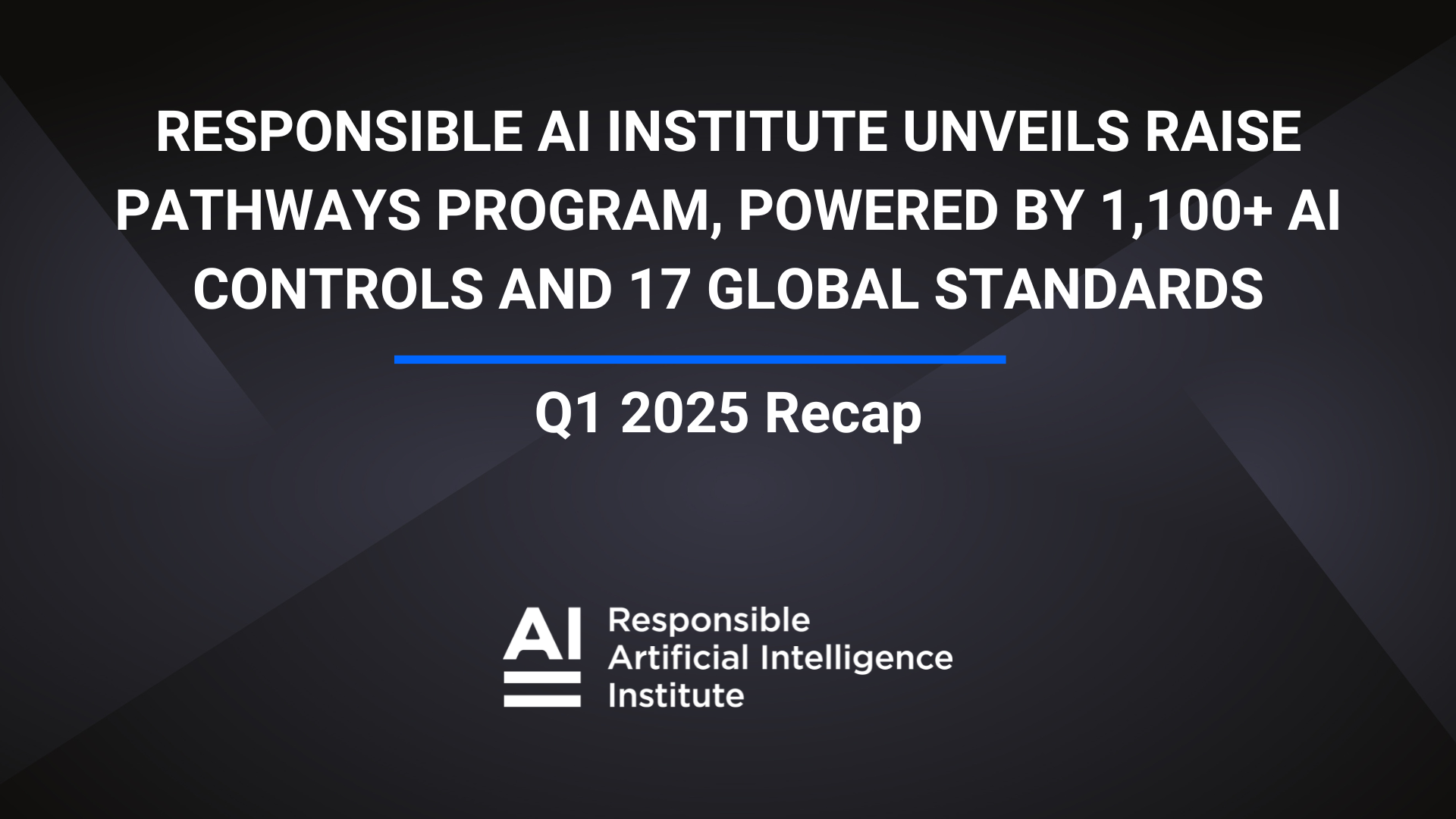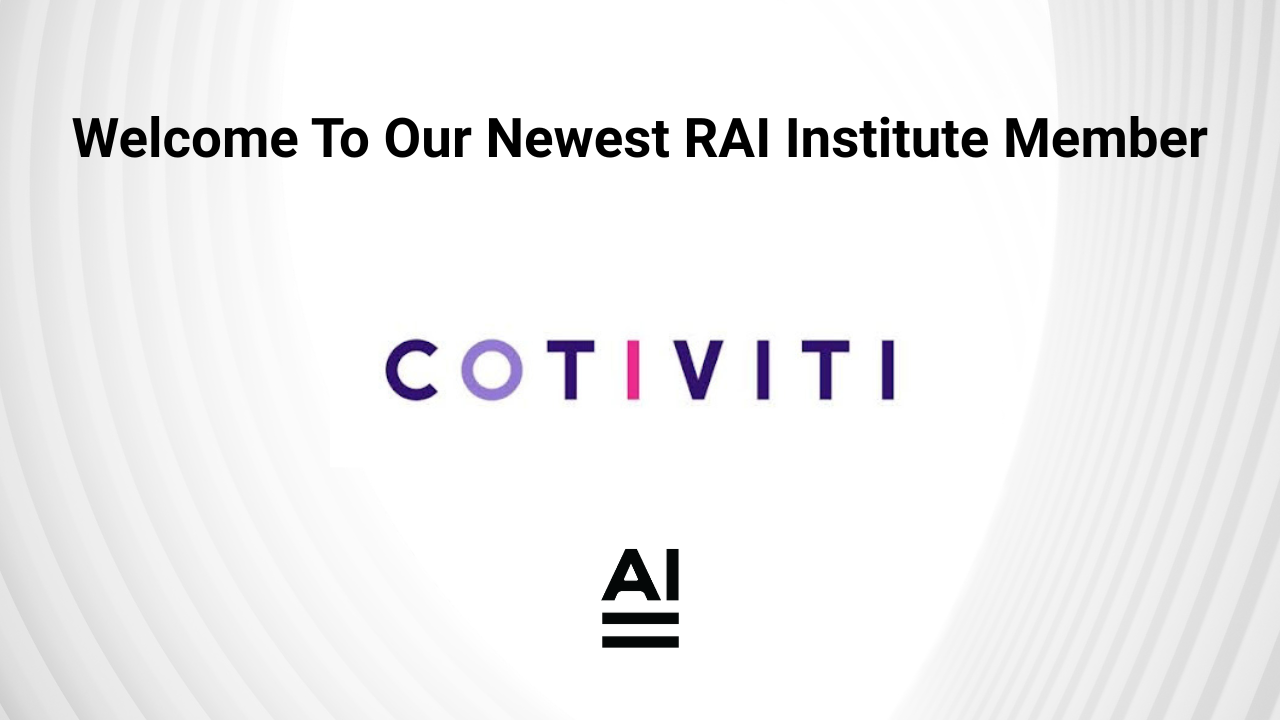As an organization dedicated to assisting AI developers create human rights respecting technology we are excited to launch our first Guideline on Independent Review of AI systems. We are starting here, as the call for review is one of the most recommended activities in any responsible or ethical AI framework or report as it supports a broader agenda of Accountability.
However, it’s one thing to talk about what the need for these types of processes is, but what does this actually mean in practice? In an effort to make it as easy as possible for practitioners to implement an independent review process, we have done the hard work of bringing together all of the research, talking to those who have started to integrate these processes into their business practices, and have established guidelines that can be adopted in any type of organization.
This work builds off of and supports our Responsible AI Design Assistant which is a self-assessment tool to help your organization think through all aspects of responsible AI.
One of the most important things that we have learned through this process is how important public consultations are, as such, we are going to have these guidelines open for your feedback until October 31, 2020. During this time, we would like to know if you would like additional information to be included, if there are things missing or need clarification, or even if how we are presenting the material could be better. Any and all comments are welcome.
Another key operating principle for our team is to ensure that we aren’t re-inventing, rather building off of great work that’s already been done. While the increased use of AI is relatively new, the idea of independent review is not. Below we share how we approached the development of this guideline, specifically, drawing from the implementation of bio-ethics principles.
With the question of “how has third-party or independent review been implemented previously?” We established a multi-disciplinary team of academic researchers, engineers, business leaders, and policy makers to understand where independent review had been implemented previously, and what was the review process based on. Our research kept leading us towards the path of bio-ethics. Wanting to understand how these principles had so much influence on future academic research and regulations, we established the bio-ethics working group (BWG). The perspectives we received through our discussions and consultations have allowed us to develop these guidelines that we hope will help to mitigate unintended consequences and potential harms through good third-party review.
The BWG believes that the field of bioethics can serve as a useful precedent when developing AI’s third party ethics review boards due to the similarity in values and aspirations of both fields. Like biomedical research, AI is performing all sorts of experiments on us, which have been highly valued in society (monetarily and otherwise). As a relatively new and under-regulated field, AI has been ripe with human rights violations without much accountability. The field of bioethics is rooted in the understanding that human rights should be centred when evaluating the ethical merit of an experiment on human beings, above the potential benefits of the research. As a result of the development of bioethical thought and subsequent regulations, third party review is employed to evaluate all credible scientific experimentation done on humans. Leveraging the learnings from the field bioethics, we aspired to create third party review guidelines for AI development that center human rights.
The BWG analyzed various third party review boards by interviewing academics, clinical researchers and tech industry experts to determine the aspects of ethical review in their respective disciplines that are most applicable to an AI third party review board. The BWG met weekly over the span of several months to facilitate an ongoing, collaborative consultation, with contributions welcomed from all members of the BWG and the larger AI Global team.
Based on our interviews, the BWG recognized that the boards’ commitment to human rights differed from industry to industry. The BWG found that once human rights often sat on one side of the scale while financial and business interest sat on the other, tipping in favor of the latter in the absence of rigorous review process and regulatory guidelines. To ensure that those developing AI centre human rights in the evaluation, design and build of potential new projects, we recommend the following:
What AI Practitioners Can Do
- Independent Review for Responsible AI is critical to ensure impartiality. Organizations can consider either:
- Outsourcing to Ethics-as-a-Service committees: Strong financial incentives may prevent tech companies from conducting a fully impartial ethical review in-house. We recommend technology companies, at every stage of growth, consider hiring an independent review body to perform ethics review (when such becomes available), much as they hire auditors to look at their books. Due to growing interest within the AI ethics community in what has been termed “ethics-as-a-service” (EAAS), we anticipate that these services will soon become available to ensure accountability within the self-governing tech industry.
- “Sandboxing”, or creating a strict separation between the review committee and sales teams, is a promising alternative when outsourcing is not possible: If EAAS is out of reach for financial or other reasons, tech companies can consider “sandboxing”, or creating strict separation between internal review committees and the rest of the organization, to mitigate bias within the review as much as possible. Strategies to do this are included in the Independent Review Checklist for Responsible AI, which can be found below.
- Create independent accountability chains by forming Ethics Teams with a dedicated lead such as a Chief Ethics Officer: To ensure that independent review is a successful counterbalance to other business considerations and incentives, the responsibility to either procure EAAS or engage in internal review in a sandbox should rest with a separate accountability chain. Organizations can consider creating an Ethics Team that is responsible for ethical review of projects (in addition to other downstream considerations such as systems monitoring and regulatory compliance). This team should report to a dedicated lead who can help shape the strategic direction of the company. Such a role should be within senior leadership, preferably the C-Suite. For example, this can be a Chief Ethics Officer, although another dedicated role that collaborates with but is distinct from CEO and CFO would be suitable as well.
- Public consultation via Community Advocates is integral to revealing blind spots in ethical review: Public consultation is a key check and balance to ensure that technology is not simply designed by a select few and that its benefits are enjoyed by society as a whole. Involving Community Advocates in the ethical review process ensures that the technology does not infringe on the rights of vulnerable community members once the technology is released. Furthermore, co-creation of technology with Community Advocates can increase credibility for both private and public sector organizations who are concerned with creating public good technologies that will serve communities who may be distrustful of large institutions (for example, contact tracing apps).
- In the absence of comprehensive regulations, businesses should consider equally the ethical, security, reputational and financial risks of unintended downstream consequences: Where industry may be tempted to skirt ethical lines, it is important for ethical review committees to emphasize that unintended downstream consequences of a technology could carry significant ethical, security, reputational, and financial risk for the organization. Public concern over technology encroaching on human rights is a consideration that businesses must weigh when evaluating the ethical merit of a project.
What Regulators Can Do
- Comprehensive regulatory measures are critical to incentivizing the technology sector to center human rights in decision making: Industry self-governance has historically proven insufficient to ensure respect for human rights concerns. In the case of clinical research and drug design and development by pharmaceutical companies, regulations were created to ensure that research was conducted in a manner that respected human rights, and that the human subject is considered at every step of the process. Although many jurisdictions are currently considering regulations for the technology sector, there is a strong oppositional claim that regulation will stifle innovation. It is important for regulators to consider historical examples when weighing the risks inherent in the development of artificial intelligence and other technologies that place humans as the subject of experiment directly or indirectly.




